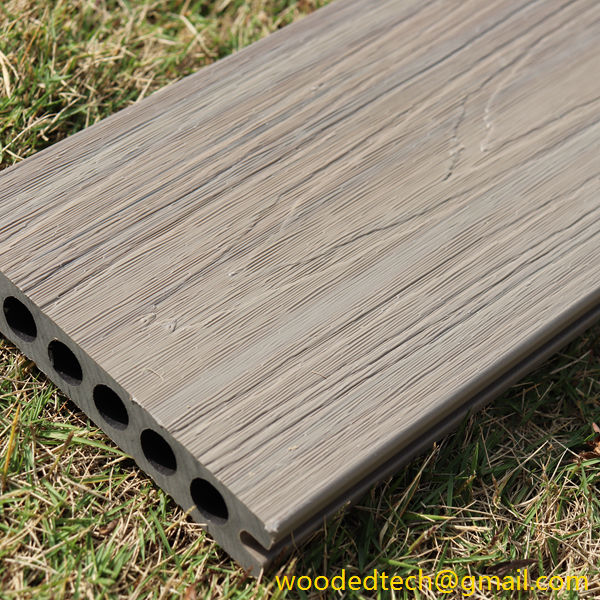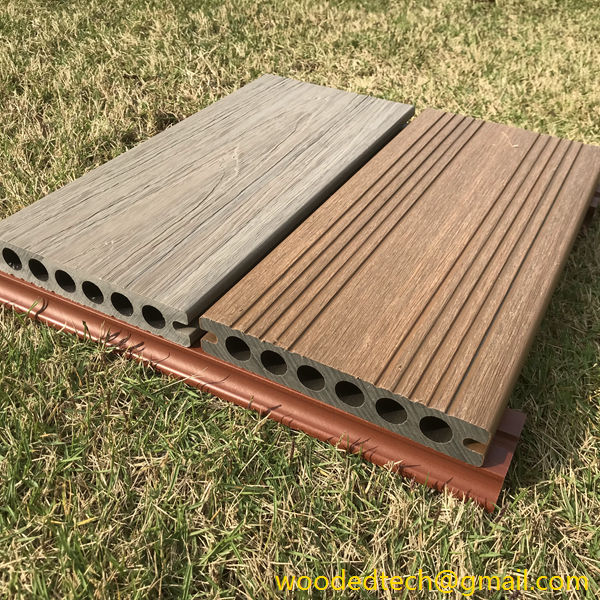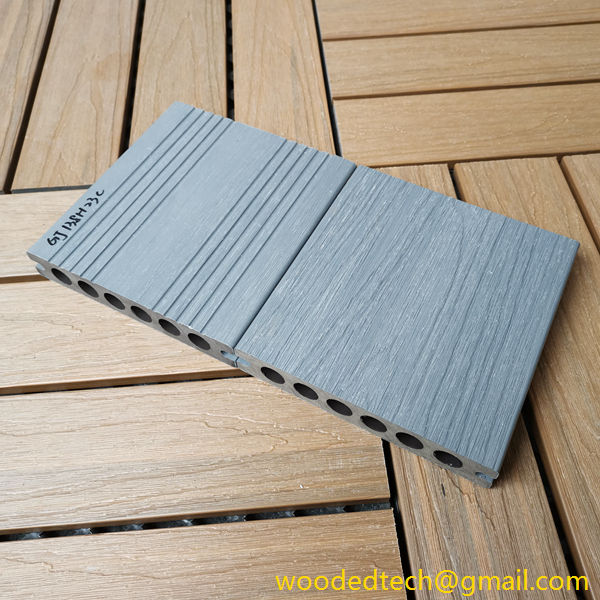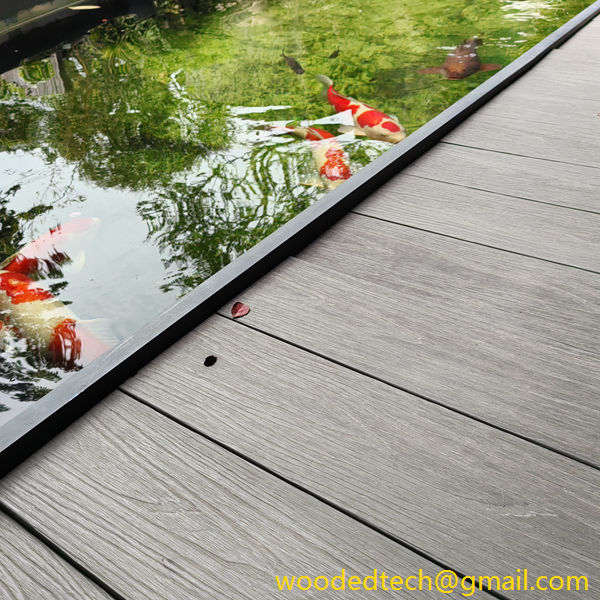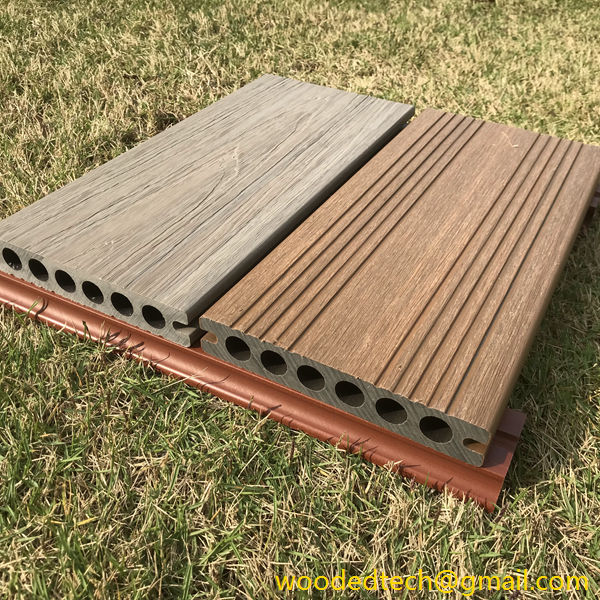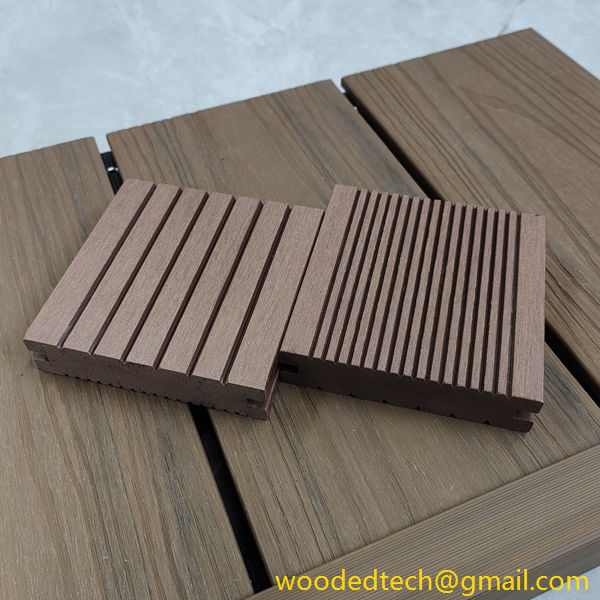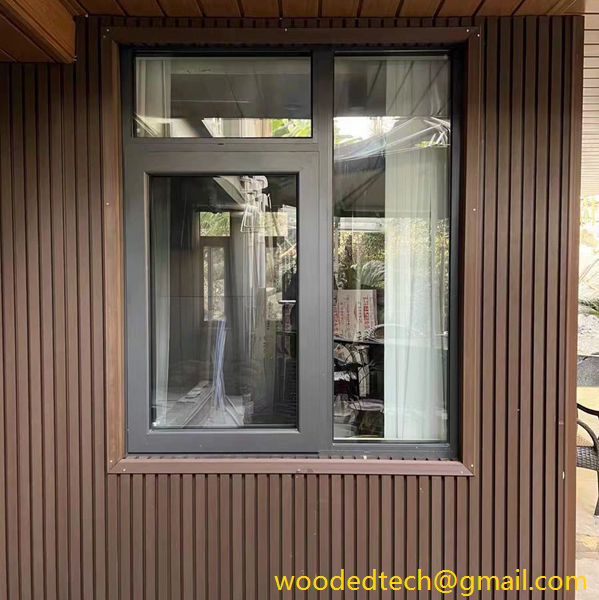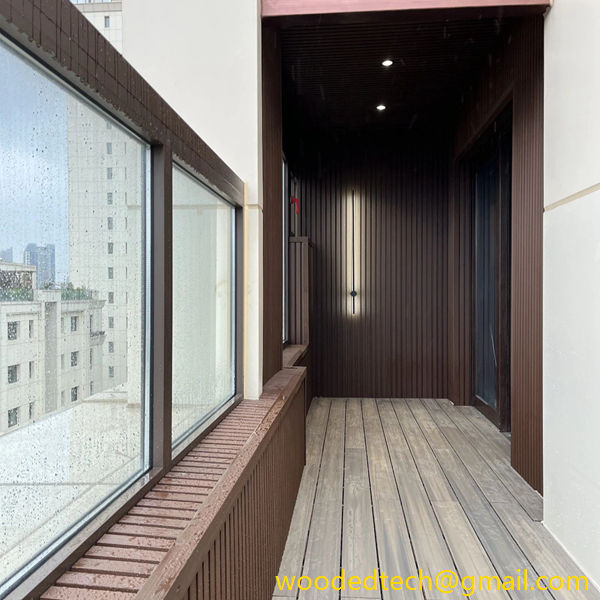耐久性に優れた高品質デッキ複合ボード
近年、建設業界では、耐久性だけでなく持続可能性を約束する素材への関心が高まっています。この分野で際立ったイノベーションのひとつがコンポジット・デッキ材で、木質繊維と再生プラスチックを一体化することで、丈夫で環境に優しい素材を生み出しています。コンポジット・デッキ
耐久性に優れた高品質デッキ複合ボード
In recent years, the construction industry has increasingly leaned towards materials that not only promise durability but also sustainability. One of the standout innovations in this field is composite decking, which integrates wood fibers and recycled plastics to create a material that is both sturdy and eco-friendly. The global production capacity of composite decking boards varies significantly across regions, influenced by local resources, demand for sustainable materials, and technological advancements.
Composite decking boards, due to their unique composition, offer several advantages over traditional wood. They are resistant to rot, fading, and insects, making them an attractive choice for homeowners and builders alike. The uniformity of composite decking materials ensures that they maintain their aesthetics and structural integrity over time, reducing the need for maintenance. As environmental awareness grows, the demand for composite solutions has risen, prompting manufacturers around the world to enhance their production capacities to meet this need.
Afocusing on global production capacity, it is essential to understand where these composite boards are manufactured and how different regions contribute to the overall market. North America and Europe currently dominate the composite decking market, thanks to established manufacturers and a consumer base that is increasingly eco-conscious. In the United States, companies like Trex and TimberTech lead the market, leveraging advanced technologies to create high-quality decking solutions. These manufacturers boast significant production capacities, allowing them to cater to both residential and commercial projects effectively.
North America’s lead in composite decking production is bolstered by its access to vast resources, including recycled materials required for production. Additionally, stringent building codes and a growing emphasis on energy efficiency have spurred the demand for durable construction materials. As urbanization continues to expand, especially in regions with harsh climates, the resilience of composite boards becomes an attractive selling point. This has resulted in not only increased sales but also a shift towards larger scale production facilities capable of meeting growing demand.
In contrast, Europe’s composite decking market showcases a trend towards sustainable innovation. European manufacturers are heavily investing in research and development to create more environmentally friendly composite materials. Factors such as high energy consumption related to traditional decking production have pushed Europe to favor sustainable alternatives. The region has seen an influx of new manufacturers who focus on reducing their ecological footprint by utilizing post-consumer recycled plastics and adhering to strict environmental regulations. This trajectory reflects a growing recognition of the need for durability in construction materials while maintaining a conscience toward environmental impacts.
Asia-Pacific is a rising player in the composite decking market, with countries like China and India ramping up their production capabilities. The region is witnessing a construction boom driven by urbanization, leading to growing demand for innovative building materials. While North America and Europe have established players, Asia-Pacific presents opportunities for both local firms and foreign manufacturers to invest in production facilities that cater to this burgeoning market. As more consumers turn to composite decking for its long-term benefits, production investments are expected to increase, leading to a competitive landscape that’s conducive to innovation.
Emerging markets within Asia-Pacific are also focused on enhancing their production capabilities through technology transfer and partnerships with established manufacturers. By learning from the successes of companies in North America and Europe, Asian manufacturers aim to replicate efficient production processes and product quality. This knowledge transfer fuels a ripple effect of growth, allowing local businesses to compete globally while addressing the specific needs of their markets.
One significant factor impacting global production capacity distribution for composite decking is regulations and certifications related to sustainability. In many regions, certifications such as the Forest Stewardship Council or others focusing on recycled content drive manufacturers to align their production methods with environmental standards. Companies that achieve these certifications often increase their credibility, allowing them to capture more market share. As a result, organizations around the world are not only focusing on production capacity but also on ensuring that the materials produced are aligned with sustainable practices.
Moreover, advancements in manufacturing technologies are transforming the composite decking landscape. Innovations such as co-extrusion processes enable the production of boards with superior surfaces that resist staining and fading, enhancing their appeal to consumers. Automated production lines and the adoption of computer numerically controlled machinery are optimizing output while maintaining high standards of quality control. These technological improvements are critical for manufacturers aiming to scale their operations while ensuring that they meet market demands for quality and durability.
In conclusion, the production capacity distribution of quality decking composite boards is influenced by a tapestry of regional dynamics, market demands for sustainability, and advancements in technology. North America and Europe currently lead the market, but the Asia-Pacific region is rapidly emerging as a significant player due to its growing construction demands and investment in technology. As environmental consciousness rises globally, the composite decking industry is poised for continued growth, with manufacturers focused on meeting consumer needs while maintaining a commitment to durability and sustainability. The future of global construction may well depend on the successful integration of innovative materials like composite decking, shaping the landscapes where we live, work, and play.

